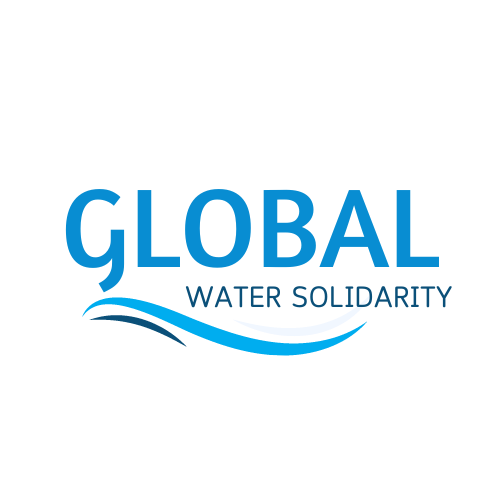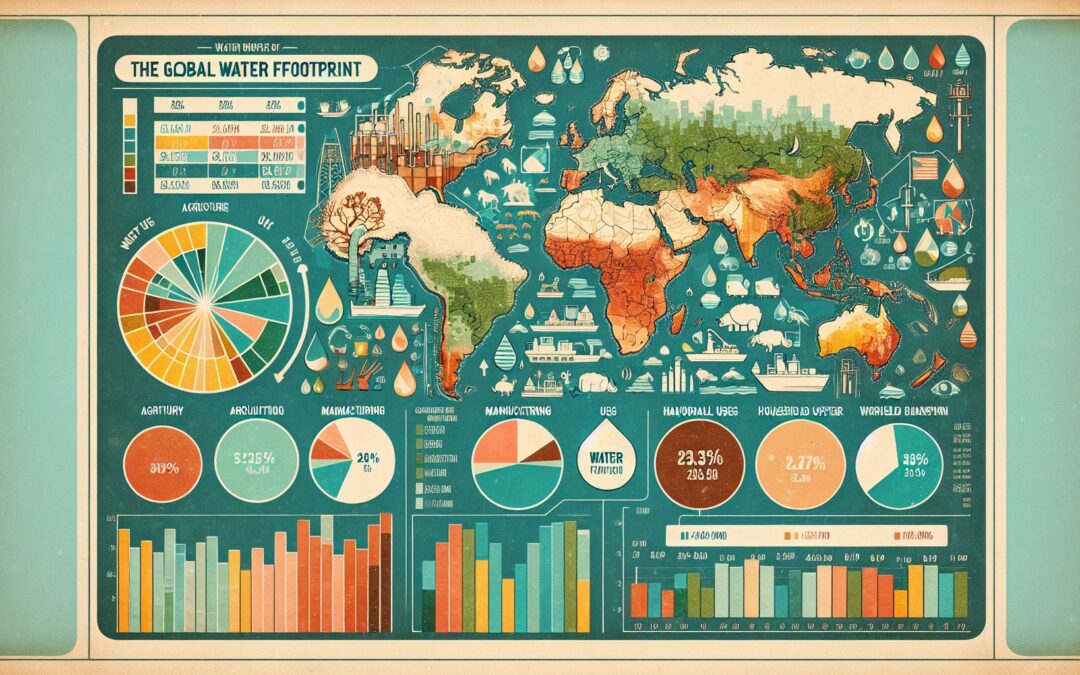It is no secret that water is our planet’s most valuable resource – the lifeblood that supports myriad ecosystems, human health, food production, and industry worldwide. Yet, shy of a fatal alarm, it is increasingly apparent that our collective water consumption is on an unsustainable path, fueled by a relentless surge in demand. Our global water footprint, which measures the cumulative amount of water used to make the products we consume, has been expanding in lockstep with the world’s population and economy. This has led to stark repercussions, putting water supplies under immense stress and threatening the viability of both human and natural systems.
In this in-depth article, we will examine the global water footprint, its social, economic, and environmental implications, and the crucial steps necessary to mitigate its impact on our planet’s watershelves.
A Deep Dive into the Global Water Footprint
The global water footprint concept, introduced by the Water Footprint Network, quantifies the amount of fresh water consumed or polluted during the production of goods and services. This measure helps create awareness of our invisible consumption of water, extending beyond mere domestic usage to our food, clothing, and the vast array of products we use daily[^1^].
Water footprints can be divided into blue, green, and grey categories. The blue water footprint represents the volume of surface and groundwater consumed, while the green water footprint is the measure of rainwater stored in soil and utilized by plants. Lastly, the grey water footprint stands for the volume of freshwater required to assimilate pollutants to meet specific water quality standards.
These combined footprints present a striking picture of water use and stress across the world, accounting for both direct and indirect water consumption. In essence, every product we consume carries its water footprint—the invisible water embedded in its production and supply chain.
Implications of a Worsening Water Footprint
Unchecked, the continuously expanding global water footprint will have catastrophic implications, from spiraling water scarcity to exacerbated climate change and compromised food security.
Water Scarcity
As consumption presses on, water demand is set to increase, straining already burdened water resources and exacerbating water scarcity. The UN predicts that by 2025, two-thirds of the world’s population could be living under water-stressed conditions[^2^]. This looming crisis will disproportionately impact vulnerable communities, particularly in arid regions with growing populations and steadily falling water tables.
Climate Change
The expanding global water footprint also carries significant repercussions for climate change. The urge to meet humanity’s water needs has led to an upsurge in energy-intensive water supply methods like desalination and long-distance transportation, contributing to greenhouse gas emissions. Moreover, over-extraction of groundwater can result in land subsidence, disrupting ecosystems and increasing the risk of flooding.
Food Security
The growing global water footprint also threatens food security, affecting both crop yields and the resilience of agricultural systems. Agriculture arguably accounts for the lion’s share of global water use—about 70%, according to the FAO. Consequently, as water scarcity intensifies, so does the threat to world food supplies.
Towards a Sustainable Water Footprint
Reducing the global water footprint calls for a concerted effort at various levels, anchored by comprehensive water management strategies and public policies. These strategies should encourage efficient water use, implement responsible water stewardship in businesses, and promote sustainable consumer behavior.
Importantly, water footprint reduction should focus on high-impact areas, such as agriculture and energy production, where it can yield the most significant benefits. Assimilating practices such as precision irrigation, green water management, wastewater treatment, and recycling can aid in this process.
Improving water productivity—i.e., obtaining the highest possible output per unit of water—will be crucial. Hence, incentivizing research and development in resource-efficient crops, technologies, and processes will be vital. Technology also plays a pivotal role, with innovations like real-time monitoring systems providing accurate water use data for more informed decision-making.
The Future is Fluid
As we continue to map the contours of our global water footprint, it is clear that the path ahead demands radical shifts in how we perceive and use water. Rather than treating it as an abundant, inexhaustible resource, it is vital to recognize its finite nature and exercise collective stewardship to ensure its sustainable use.
A sustainable water footprint will require profound changes at every level, from individual lifestyles and business practices to public policies and international agreements. But as the dual threat of water scarcity and climate change looms, the urgency of aligning with a more sustainable water future only deepens. With the keyword here being ‘sustainability’, the challenge remains how best to balance our vital water needs with the integrity of the planet’s life-supporting ecosystems.
Only by understanding our water footprint and taking action to reduce it can we help ensure safe, sustainable water for future generations. This will not be without its challenges, but the stakes are too high for us to continue down the path of unmitigated consumption.
[^1^]: “Water Footprint Concept”, Water Footprint Network.
[^2^]: “Water Scarcity”, UN-Water.

